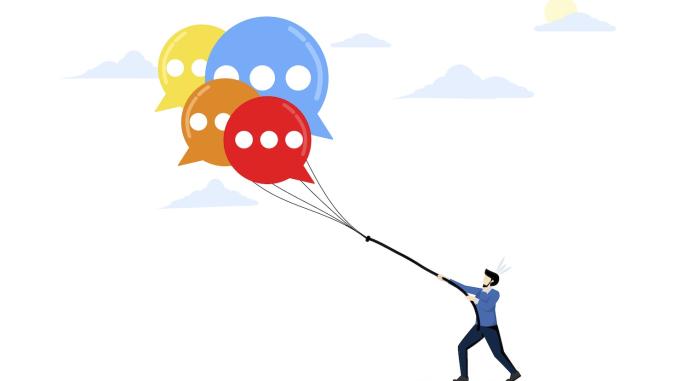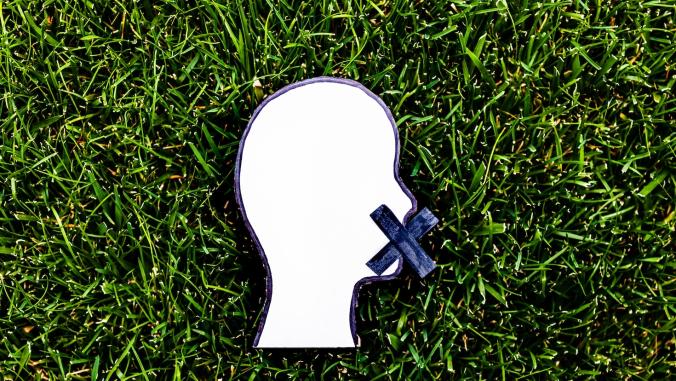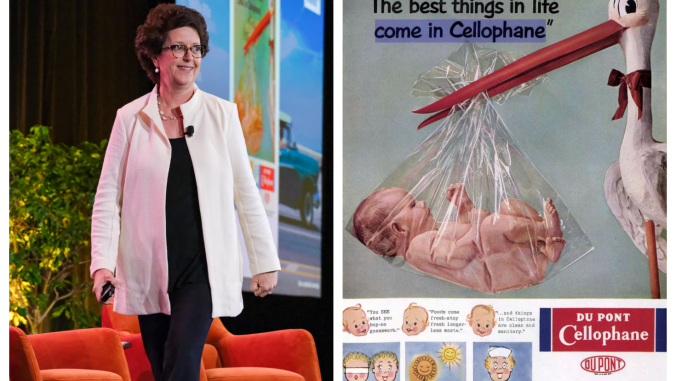In energy, which comes first: products or behavior change?
<p>Utilities are under pressure to get consumers to use less power. But how can we entice them to make permanent changes?</p>

Earlier this month, I attended the Association of Energy Services Professionals Summer Conference, where it seemed nearly every session got into behavior change.
1. How do we encourage more of it — and how do we encourage it beyond an initial uptake with a big backslide?
2. How can utilities count and claim the savings generated from behavior change?
3. What's next — what are the new ideas/platforms that will solve points 1 and 2?
Energy efficiency for consumers
For those of you not in the middle of the Utility Energy Efficiency game, here's how it works at a very generalized, broad level (it's a little different in every state).
Roughly 30 states have mandated that the utilities in their state must offer energy efficiency programs to help customers reduce their energy consumption by some specific percentage. If they fail to meet the mandates, utilities often face big fines or the loss of big financial bonuses.
Utilities typically offer a suite of rebates for efficient products, such as lighting, water heaters and HVAC systems.
They ascribe kilowatt hour savings to each rebate redeemed and then use the total number of rebates redeemed times the kWh savings ascribed to equal the total savings they report back to the state and claim credit for toward their goals.
The sticky wicket long has been behavior. How do you count the savings impact of behavior changes (changing thermostat settings, unplugging things, turning off lights)? Various programs have been introduced to roll out specific behavior change marketing efforts to a select group of customers, and their savings are compared to a similar control group who didn't receive the marketing materials. If the group who got the marketing materials used less energy, poof! You have savings the utility can claim.
Finding the real question
Here's the challenge. There's now evidence demonstrating that, much like dieters who put back on the weight they lose, we're great at changing our behaviors — for a little while. Then we hit the limits of our self-control and backslide into old behaviors.
So the real question the utility industry is asking is, "How do we create a culture of energy efficiency where being energy efficient is The Way We Do Things Around Here?"
To that end, I cannot encourage utilities enough to stop thinking of product rebates and behavior change programs as two totally separate silos. Our Utility Pulse and Energy Pulse studies have documented Americans' likelihood to buy efficient products and then use those purchases as "moral license" to behave badly ("They're energy-efficient light bulbs, so I can leave them on all the time, right?"). We've been pushing products without pushing how to operate the new products in the best way to see the savings benefits. And then we market behavior change — turn off the lights, unplug stuff — as if it's a totally separate effort when, in fact, they're all intertwined in most people's minds.
What the utility industry — and the entire energy efficiency industry — needs to do is create wholesale change, including both major shifts in mindset and energy usage behavior. Rebate programs and behavioral programs can accomplish this, but only with integrated program designs and marketing efforts.
I floated this notion during the Q&A section at one of the AESP sessions and got looks from the panelists as if they thought I was from Mars — so please, jump in and challenge me. I'd love to hear from you!
Top image by Tshooter via Shutterstock. This article first appeared at Shelton Insights.





